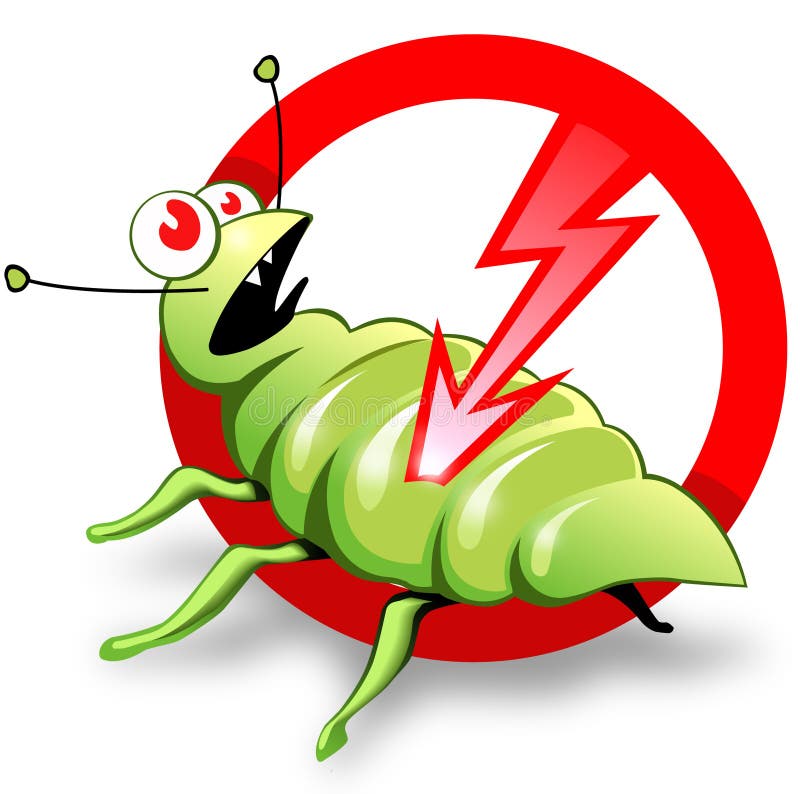Why Property Owners Rely on Pest Control Lockhart for Their Needs
Why Property Owners Rely on Pest Control Lockhart for Their Needs
Blog Article
Checking Out Infestation and Therapy Techniques on the planet of Parasite Control
The landscape of pest control includes a myriad of obstacles, particularly as infestations of typical family parasites continue to develop. By integrating precautionary steps with sophisticated management strategies, such as Integrated Insect Monitoring (IPM), home owners can much better guard their environments.

Usual Home Pests
When it comes to managing our space, recognizing usual house parasites is essential. These insects not only disrupt our comfort however can additionally posture wellness threats and damages property. One of the most widespread family bugs include ants, cockroaches, rodents, termites, and bed bugs.
Ants, frequently seen foraging in kitchens, can infect food and establish big colonies. Rats, including mice and rats, can create structural damages and bring diseases like hantavirus and salmonella.
Recognizing the indicators of these insects, such as droppings, nests, or bite marks, is crucial for early treatment (Pest Control Lockhart). Appropriate sanitation methods, securing entrance factors, and preserving a clutter-free setting are efficient preventative measures. By determining these common family pests and comprehending their habits, home owners can take positive actions to reduce problems, guaranteeing a much healthier living environment
Comprehending Pest Infestations
Pest invasions can rise rapidly, transforming a minor nuisance right into a significant issue if not resolved quickly. Recognizing the nature of these infestations is important for reliable management. Insects can attack household and commercial areas for numerous factors, including the search for food, shelter, or breeding premises. Usual variables adding to infestations include poor sanitation, architectural susceptabilities, and seasonal changes that drive bugs inside.
Determining the kind of bug is necessary, as various types display diverse habits and reproductive rates. Rats may establish nests in hidden locations while bugs like cockroaches prosper in wet atmospheres. Early discovery commonly depends upon acknowledging signs such as droppings, gnaw marks, or uncommon noises, which can suggest an issue before it becomes extreme.
Ecological conditions also play an essential function in pest proliferation. Cozy, damp environments can promote the fast growth of bug populations, while changes in landscape design or building and construction can unintentionally create helpful atmospheres. For that reason, normal assessments and preventative measures are extremely important to reducing the threat of invasions. An enlightened approach to comprehending these dynamics prepares for reliable insect monitoring techniques in the future.
Therapy Methods and Methods
Effective therapy techniques and strategies are essential for reducing parasite infestations and bring back a secure setting. A multifaceted method is commonly best, integrating chemical, biological, and mechanical techniques tailored to the certain insect and the intensity of the problem.
Chemical therapies consist of using pesticides and herbicides, which can effectively eliminate pests. However, proper application and redirected here adherence to safety guidelines are essential to reduce dangers to people and non-target organisms. Integrated Parasite Monitoring (IPM) urges the sensible use chemicals as a last resort, depending instead on monitoring and limit degrees to figure out intervention needs.
Organic control methods entail introducing all-natural predators or bloodsuckers to minimize pest populaces. This method is increasingly prominent, particularly in farming setups, as it advertises environmental sustainability.
Mechanical approaches, such as traps and obstacles, offer prompt relief from parasites without introducing chemicals. Alternatives include sticky catches for insects or physical obstacles for rats.
Eventually, the selection of treatment approach ought to take into consideration the particular insect, the setting, and potential influence on human health and ecological communities. A balanced mix of these approaches can efficiently take care of problems while advertising lasting pest control options.
Preventative Steps for House
Proactively resolving insect problems prior to they escalate is crucial for keeping a healthy home environment (Pest Control Lockhart). Carrying out reliable safety nets can substantially lower the likelihood of problems, ultimately protecting both your building and well-being

Proper landscaping also plays an essential role in prevention. Maintaining hedges and trees cut away from your house minimizes the possibilities of bugs discovering their way indoors. Furthermore, ensure that water drainage systems are operating effectively to avoid standing water, which can pull in insects and various other pests.
Lastly, regular examinations are a good idea. Frequently looking for indicators of bug activity permits very early treatment. By embracing these preventative measures, property owners can create an environment that is less friendly to insects, thereby boosting their general quality of life and lowering the requirement for extensive bug control interventions.
Industrial Pest Control Methods
A detailed method to business insect control is essential for services intending to maintain a risk-free and hygienic atmosphere. Reliable techniques include a mix of regular assessments, staff member training, and the application of Integrated Parasite Management (IPM) methods.
Normal inspections allow early click this discovery of parasite activity, enabling prompt treatment. Companies must create a routine schedule for these evaluations, concentrating on risky areas such as kitchen areas, storage space areas, and waste disposal sites. Worker training is similarly crucial; staff must be educated on the indications of parasite infestations and the significance of reporting them promptly.
Applying IPM techniques helps mitigate insect problems sustainably. This includes habitat modification, such as sealing entry points and decreasing clutter, in addition to utilizing natural deterrents before resorting to chemical treatments.

Additionally, working together with a licensed parasite control copyright makes certain accessibility to specialist expertise and sophisticated treatment options. This partnership can result in customized pest visit this site right here control plans customized to the details requirements of business, lessening dangers and improving overall efficacy. Ultimately, a proactive and educated method fosters a pest-free setting, securing both public health and wellness and business credibility.
Conclusion
In final thought, reliable insect control demands an extensive understanding of common home parasites and their behaviors, combined with targeted therapy methods. Carrying out preventive steps along with therapy techniques such as Integrated Bug Monitoring and biological control improves the capability to minimize infestations.
Report this page